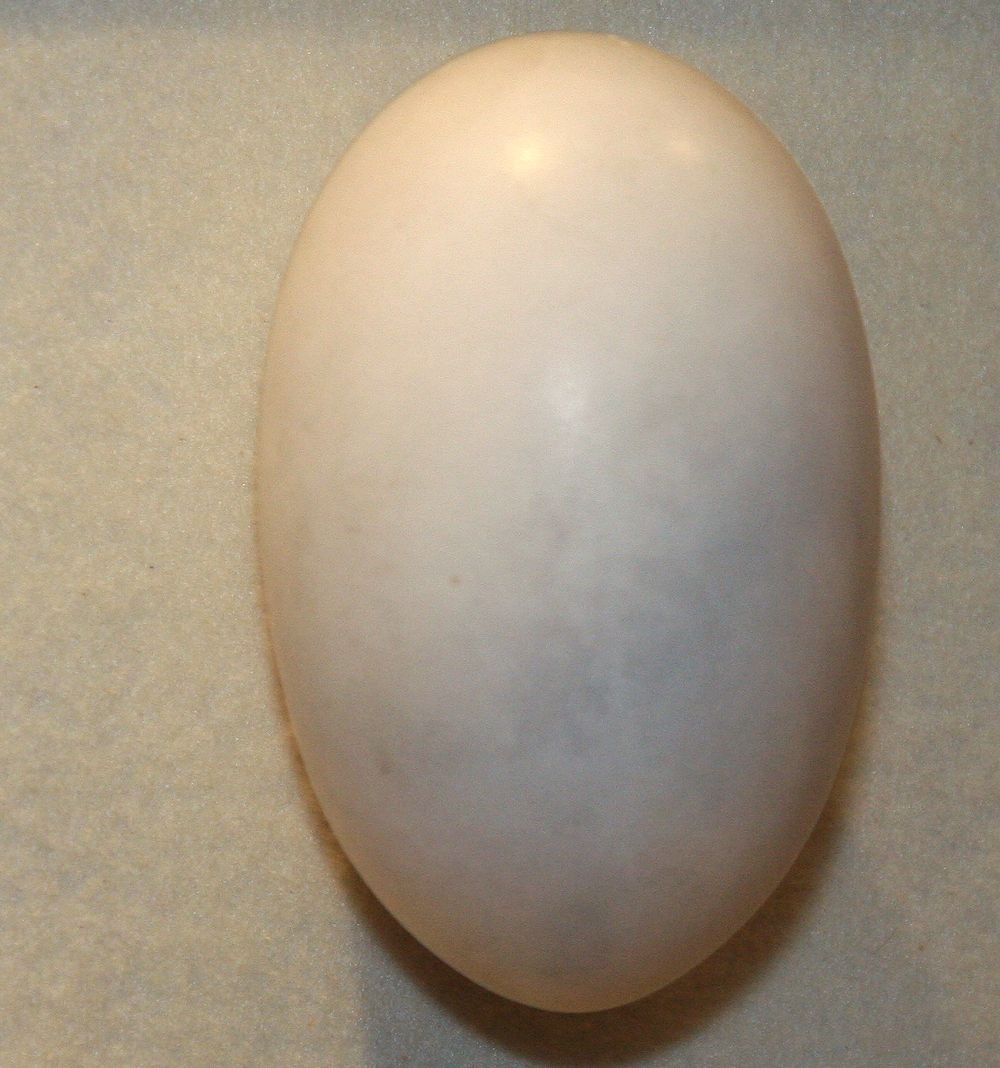Southern Brown Kiwi
A species of Kiwis Scientific name : Apteryx australis Genus : Kiwis
Southern Brown Kiwi, A species of Kiwis
Botanical name: Apteryx australis
Genus: Kiwis
Content
Description General Info
 Photo By Photo by David J. Stang , used under CC-BY-SA-4.0 /Cropped and compressed from original
Photo By Photo by David J. Stang , used under CC-BY-SA-4.0 /Cropped and compressed from original Description
It has no preen gland, and its feathers have no aftershafts and no barbules. There are large vibrissae around its gape, and it has no tail, only a pygostyle. It has a length of 45 to 55 cm (18–22 in) and the female weighs 2.1 to 3.9 kg (4.6–8.6 lb) and the male weighs 1.6 to 2.8 kg (3.5–6.2 lb). Its bill is long and slender with a slight down-curve. Like other kiwis it is nocturnal. The colour of its plumage is rufous with some streaking. 
Size
65 cm
Life Expectancy
20 years (wild), 30-40 years (captivity)
Nest Placement
Burrow
Feeding Habits
Southern Brown Kiwi consumes a diet composed mainly of soil-dwelling invertebrates, such as earthworms and insects, and supplements this with fruit, seeds, and leaves. Utilizing their long beaks, they forage by probing soil and leaf litter. Unique nocturnal feeders, they have a keen sense of smell to locate prey.
Habitat
The southern Brown Kiwi thrives in a range of habitats from subtropical to temperate forests, favoring particularly the wet forests composed of podocarps and hardwoods. This species has also adapted to live in human-altered environments, such as plantations with exotic pines, as well as scrublands and pastures. Beyond forested areas, southern Brown Kiwi can be found in subalpine scrub and tussock grasslands, and one subspecies uniquely inhabits coastal sand dunes.
Dite type
Omnivorous
General Info
Feeding Habits
Bird food type
Species Status
In 2000, after being recognised by IUCN, they were placed in the Vulnerable status group. They have an occurrence range of 9,800 km (3,800 sq mi) and population of 27,000 was estimated in 1996. Brush-tailed possums, Trichosurus vulpecula, and stoats, Mustela erminea, will eat the eggs, while stoats and cats will eat chicks and juveniles. Adults are also under threat as dogs, ferrets, and brush-tailed possums, attack them and the juveniles. The Stewart Island population is stable due to the lack of these predators, however stoats may have colonised the island in 2000. In 2018 a drought caused a poor breeding season for Haast tokoeka and killed three chicks; six were airlifted to Orokonui Ecosanctuary near Dunedin, and then on to a "creche" on Rona Island in Lake Manapouri, Fiordland. 